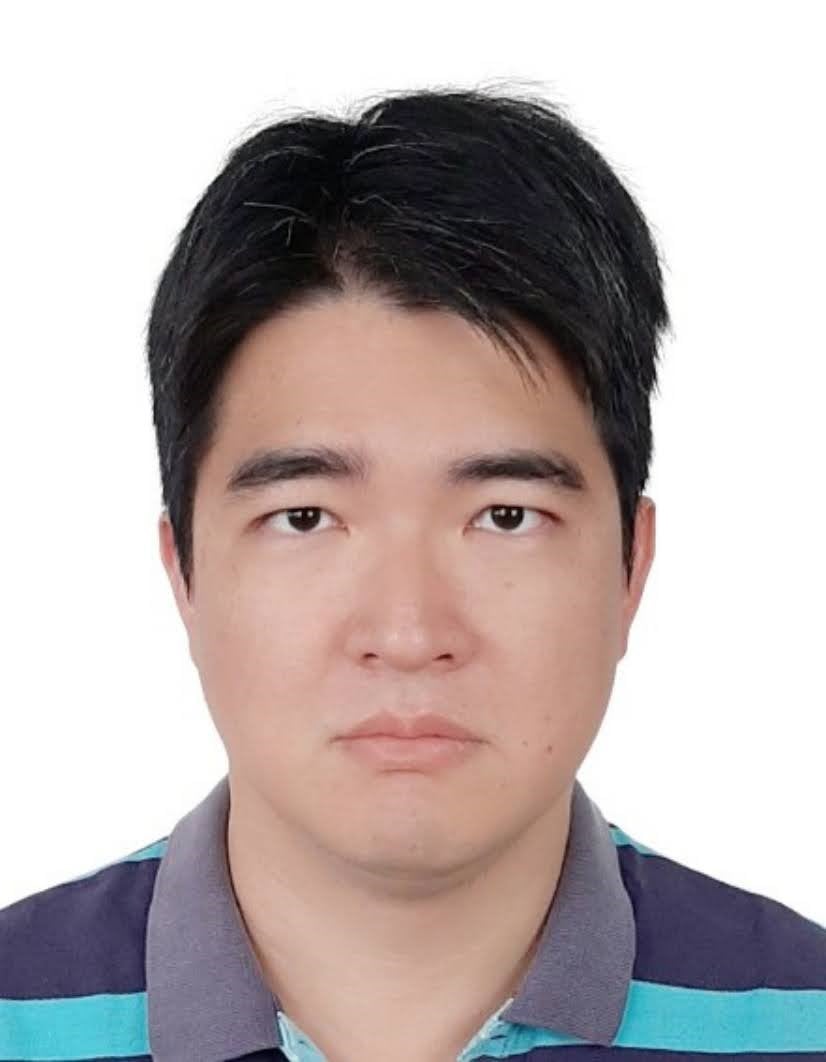Machine Learning in Photonics
A special issue of Photonics (ISSN 2304-6732).
Deadline for manuscript submissions: closed (20 April 2023) | Viewed by 7209
Special Issue Editors
Interests: optical communication; optics patent analysis; silicon photonics; solar cell; technology and innovation management
Special Issues, Collections and Topics in MDPI journals
Interests: sensor analysis; optics patent analysis; silicon photonics; solar cell; technology and innovation management; semiconductor industry analysis
Special Issues, Collections and Topics in MDPI journals
Special Issue Information
Dear Colleagues,
With the emergency of the Internet of Things, the application of machine learning in photonics has become a prospective research field. The last two decades have seen a rapid surge of interest in photonics and machine learning, and scholars have also seen an increase in the potential of combining machine learning and photonics. It is our pleasure to announce a Special Issue that is entirely focused on their combination. The combination of these two fields is indeed drawing large amounts of attention, and its full potential is yet to be disclosed. These results are paving the way for broader and deeper investigations, which we aim to collect here.
This Special Issue is dedicated to theoretical or experimental advances bringing together the fields of optical technologies and machine learning. It is focused on recent advances in frontier technologies, technology trends, and to leverage machine learning in this application. We strongly encourage the submission of papers focusing on the keywords below. However, works on related topics will also be considered.
Dr. Shu-Hao Chang
Dr. Chin-Yuan Fan
Guest Editors
Manuscript Submission Information
Manuscripts should be submitted online at www.mdpi.com by registering and logging in to this website. Once you are registered, click here to go to the submission form. Manuscripts can be submitted until the deadline. All submissions that pass pre-check are peer-reviewed. Accepted papers will be published continuously in the journal (as soon as accepted) and will be listed together on the special issue website. Research articles, review articles as well as short communications are invited. For planned papers, a title and short abstract (about 100 words) can be sent to the Editorial Office for announcement on this website.
Submitted manuscripts should not have been published previously, nor be under consideration for publication elsewhere (except conference proceedings papers). All manuscripts are thoroughly refereed through a single-blind peer-review process. A guide for authors and other relevant information for submission of manuscripts is available on the Instructions for Authors page. Photonics is an international peer-reviewed open access monthly journal published by MDPI.
Please visit the Instructions for Authors page before submitting a manuscript. The Article Processing Charge (APC) for publication in this open access journal is 2400 CHF (Swiss Francs). Submitted papers should be well formatted and use good English. Authors may use MDPI's English editing service prior to publication or during author revisions.
Keywords
- photonics
- machine learning
- optical communication
- silicon photonics
- technology foresight






